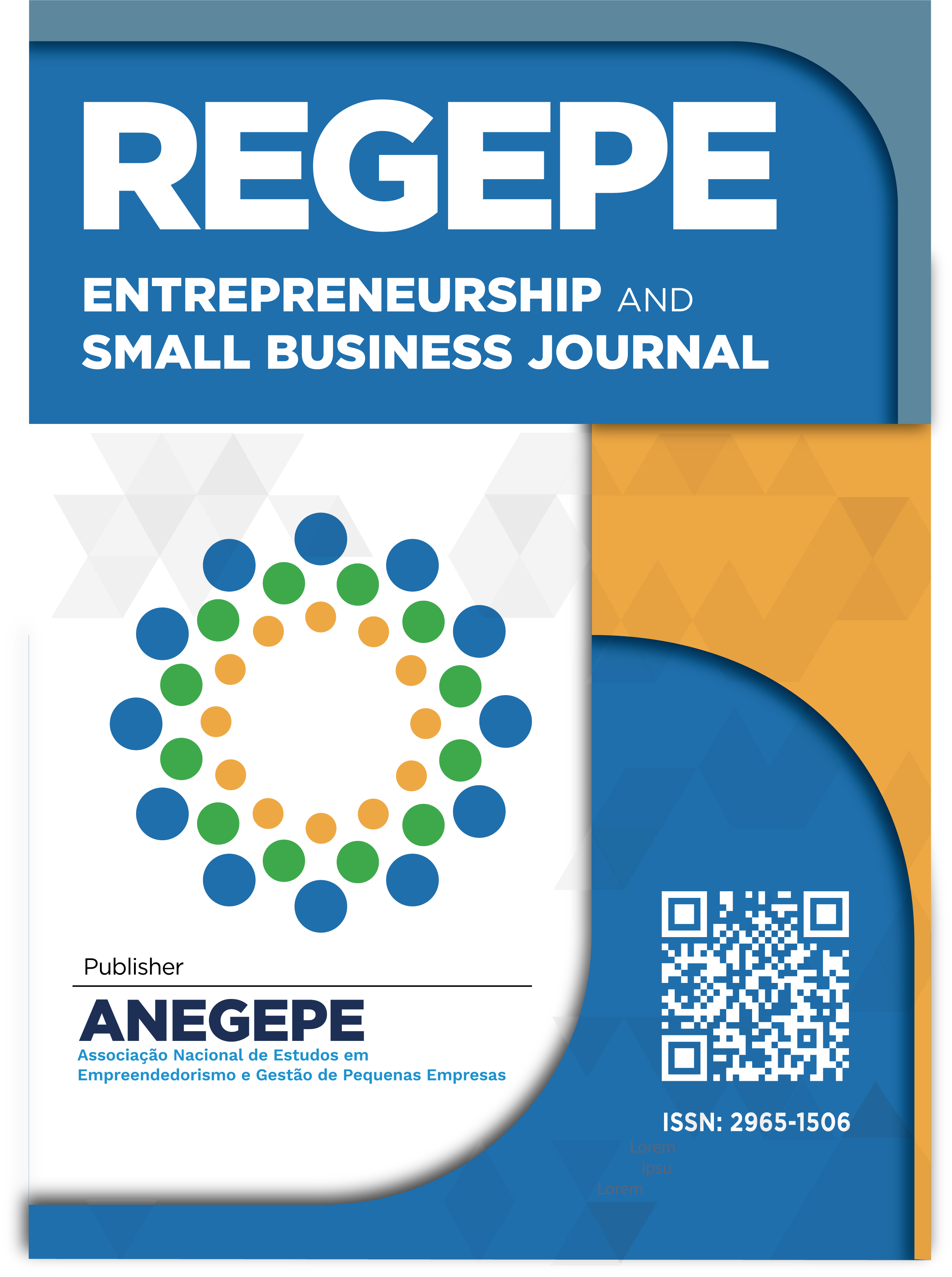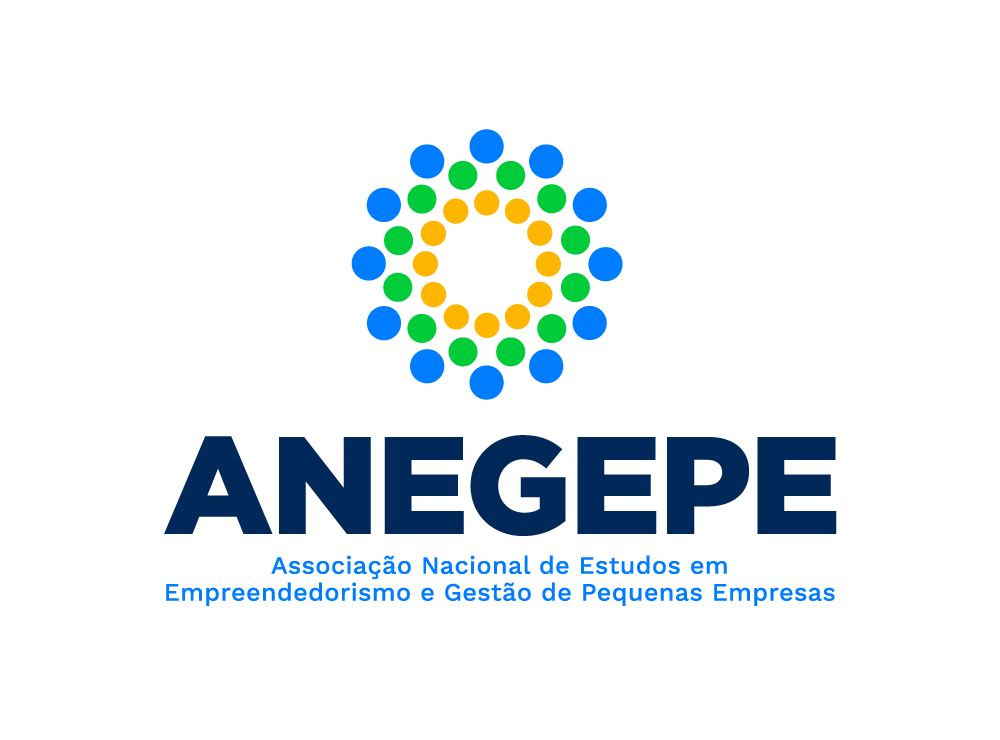Libertees Project: Economic and social insertion for women deprived of their liberty
DOI:
10.14211/regepe.esbj.e2316Keywords:
Teaching Case, Social Entrepreneurship, Social Purpose, Economic-financial sustainability, Incarcerated womenAbstract
Objective: This teaching case aims to stimulate discussion on some of the main dilemmas and difficulties related to social entrepreneurship. Dilemma: Based on the account of the entrepreneurial process of Libertees Clothing, students will have the opportunity to reflect on the entrepreneurial process with a social bias and debate the entrepreneurial dilemma of balancing social objectives with business profitability. Originality: The teaching strategy consists in enabling the student to learn, firstly, the characterization of a social enterprise and how the entrepreneurial process of social bias is distinguished from its economic counterpart. Relevance: The case inquiries into the tensions existing in the daily operation of the venture, which must balance social aspirations with the objectives of economic-financial sustainability of the organization.
Downloads
References
Associação Brasileira da Indústria Têxtil e de Confecção - ABIT (2021). Perfil do Setor: Dados do setor referentes ao ano de 2021. São Paulo: ABIT. https://abit.org.br/cont/perfil-do-setor
Battilana, J., & Lee, M. (2014). Advancing Research on Hybrid Organizing – Insights from the Study of Social Enterprises. Academy of Management Annals, 8(1), 397–441. https://doi.org/10.5465/19416520.2014.893615
Costa, A.C.R.D., & Rocha, É.R.P.D. (2009). Panorama da cadeia produtiva têxtil e de confecções e a questão da inovação. Rio de Janeiro: BNDES. https://web.bndes.gov.br/bib/jspui/handle/1408/1964
Dacin, P. A., Dacin, M. T., & Matear, M. (2010). Social Entrepreneurship: Why We Don’t Need a New Theory and How We Move Forward From Here. Academy of Management Perspectives, 24(3), 37–57. https://doi.org/10.5465/amp.24.3.37
Dees, J. G. (1998). The Meaning of “Social Entrepreneurship.” https://centers.fuqua.duke.edu/case/wp-content/uploads/sites/7/2015/03/Article_Dees_MeaningofSocialEntrepreneurship_2001.pdf
Fórum Brasileiro de Segurança Pública (2021). Anuário Brasileiro de Segurança Pública 2020. Retrieved from: https://forumseguranca.org.br/wp-content/uploads/2020/10/anuario-14-2020-v1-interativo.pdf
Lei de Execução Pena Nº 7.210, de 11 de julho de 1984. Presidência da República. https://www.planalto.gov.br/ccivil_03/leis/l7210.htm
Levantamento Nacional de Informações Penitenciárias (2022). Prisoners in prison units in Brazil: period from July to December 2019. https://www.gov.br/depen/pt-br/servicos/sisdepen
Mair, J., & Marti, I. (2009). Entrepreneurship in and around institutional voids: A case study from Bangladesh. Journal of Business Venturing, 24(5), 419–435. https://doi.org/10.1016/j.jbusvent.2008.04.006
Pereira Murad, E., Carvalho Alves Cappelle, M., & Meirelles Andrade, D. (2020). Mensuração e avaliação de impacto social de empreendimentos sociais. Revista Pensamento Contemporâneo Em Administração, 14(3), 63–78. https://doi.org/10.12712/rpca.v14i3.44590
Portal da Indústria (2022). Industry Sector Profile - Apparel and Accessories (Production). https://industriabrasileira.portaldaindustria.com.br/
Roesch, S. M. A. (2007). Notas sobre a construção de casos para ensino. RAC - Revista de Administração Contemporânea, 11(2), 213-234. https://doi.org/10.1590/S1415-65552007000200012
Vasconcelos, T. B., Miki, A. F. C., & Nóbrega, P. I. S. da. (2021). Uma Análise Comparativa do Empreendedorismo Social nas Macrorregiões Brasileiras. Desenvolvimento Em Questão, 19(56), 337–357. https://doi.org/10.21527/2237-6453.2021.56.10930
Zahra, S. A., Gedajlovic, E., Neubaum, D. O., & Shulman, J. M. (2009). A typology of social entrepreneurs: Motives, search processes and ethical challenges. Journal of Business Venturing, 24(5), 519–532. https://doi.org/10.1016/j.jbusvent.2008.04.007
Downloads
Published
Métricas
Visualizações do artigo: 2010 Case study (pdf) downloads: 212 Viewer (xml, epub, html) downloads: 0 Mobile downloads: 0 Teaching notes (pdf) downloads: 43 Áudio (Português (Brasil)) downloads: 24 Audio downloads: 18 Audio (Español (España)) downloads: 13 Video (subtitles: pt, en, es) (Português (Brasil)) downloads: 31
How to Cite
Issue
Section
License
Copyright (c) 2023 Carla Carolina do Carmo Rios, João Paulo Moreira Silva, Paulo Vitor Siffert, Liliane de Oliveira Guimarães

This work is licensed under a Creative Commons Attribution 4.0 International License.
Authors who publish in this journal agree to the following terms:
-
The author(s) authorize the publication of the text in the journal;
-
The journal is not responsible for the opinions, ideas, and concepts expressed in the texts, as they are the sole responsibility of their authors;
-
Authors retain copyright and grant the journal the right of first publication, with the work published under the CC BY 4.0
License, which allows sharing the work with acknowledgment of authorship and initial publication in this journal;
-
Authors are allowed and encouraged to post their work (Submitted version, Accepted version [Manuscript accepted by the author], or Published version [Record version]) online, for example in institutional repositories or preprints, as it can lead to productive exchanges as well as earlier and greater citation of published work. REGEPE requires that authors indicate/link the published article with DOI. See the Effect of Open Access.















